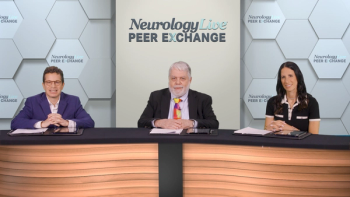
Stroke Systems of Care: Mitchell S.V. Elkind, MD, MS, MPhil
Following the publication of new guidelines for the care of adults poststroke, the president of the American Heart Association commented on streamlining systems of care to manage acute stroke and foster long-term prevention.
“Stroke systems of care are also really important for the transition from the acute hospital to rehabilitation and then back to the home, and then the long-term care of the stroke patients. There are ways in which the acute neurological care of the patient and the neurology team can help the secondary care provider [and] the primary care provider, afterward.”
In conversation with NeurologyLive, Mitchell S.V. Elkind, MD, MS, MPhil, president, American Heart Association (AHA), chief, division of neurology clinical outcomes research and population sciences, Columbia University, spoke about the importance of stroke systems of care, as well as primary care physicians’ involvement in poststroke care. He specifically highlighted “neurophobia,” which he explained is a general fear amongst practitioners about the brain and its complications.
The development of a scientific statement, entitled “Primary Care of Adult Patients After Stroke,” was published by the AHA and the American Stroke Association (ASA) and works to outline goal-directed and patient-centered care for poststroke management in adults. Coordination between neurologists and primary care physicians is integral to the system of care and smooth transitions from one facility to another, Elkind said. Checklists, specifically, are a useful tactic to ensure a plan is in place for patient care, accounting for specific medications and any need for future adjustment.
REFERENCE
Kernan WN, Viera AJ, Billinger SA, et al. Primary care of adult patients after stroke: a scientific statement from the American Heart Association/American Stroke Association. Stroke. Published online July 15, 2021. doi: 10.1161/STR.0000000000000382
Newsletter
Keep your finger on the pulse of neurology—subscribe to NeurologyLive for expert interviews, new data, and breakthrough treatment updates.









































